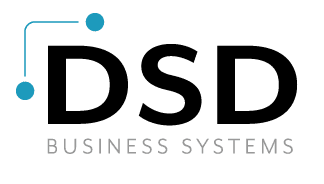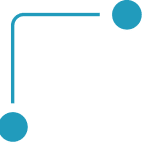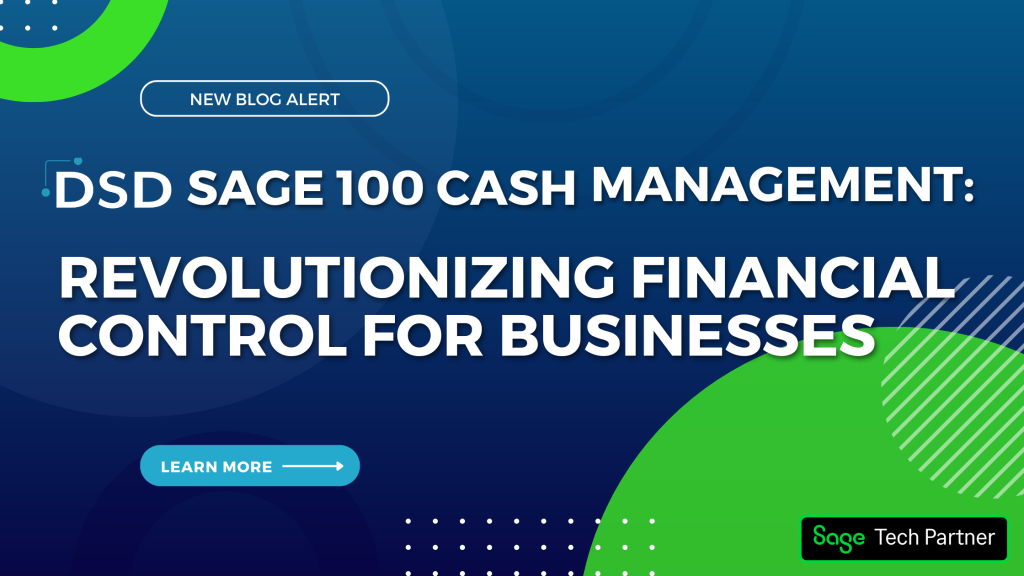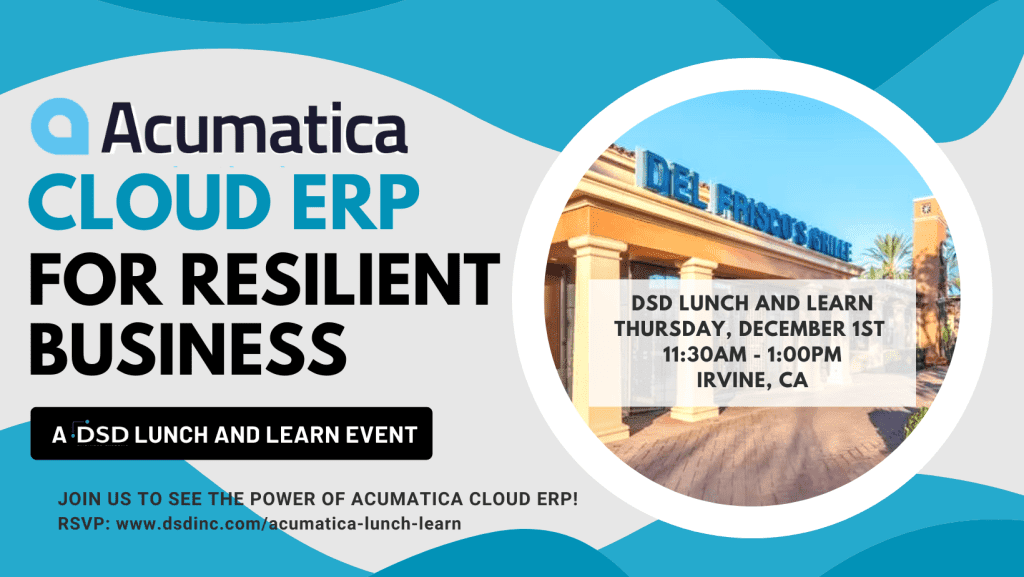DOES YOUR ERP NEED TO BE CUSTOMIZED?
In a previous post, entitled BEFORE YOU CUSTOMIZE YOUR ERP SYSTEM… we discussed steps to take and questions to ask in preparation for an ERP Customization project, and the five levels of customization capabilities available to most modern ERP systems.
But let’s take a step back for a minute and answer an even more basic question about ERP Customization – does it need to be customized in the first place?
You might think that your needs are fairly close to everyone else’s, and you don’t really need customized ERP software. However, Generic approaches miss both simplifications and extra depth specific to your way of doing business. It’s the “Secret Sauce” factor that was always referred to. Customization puts you and your staff at the heart of the system and gives you the ability to enhance what makes your company unique.
Customization can also alleviate daily frustrations, expensive training, and numerous tasks so complicated as to become impossible. This is not how software should be and definitely not what you intended when you purchased it. By customizing your ERP software you can make it work for you, rather than the other way around.
Large companies have long understood the benefits of customizing their software and spend millions to achieve this goal. But now, more than ever before, this level of service is being made increasingly more affordable for small and medium-sized companies.
When the same piece of software is sold to many clients it needs to be generic enough to be able to cater to many different needs. Not necessarily vastly different needs, but different enough that an extra field here, and an extra field there soon adds up to many more fields. As we all know, this can get out of hand. This is why most ERP software screens have many fields you may not understand, and those that are meaningful to you may be dispersed across multiple tabs.
For example, Some companies have a single person doing payment processing, order fulfillment, inventory control, and shipping as a single continuous task. Other companies may have 4 separate people each doing one of the steps (See Also: WHAT IS A ROLE-BASED USER INTERFACE?). To be as general as possible, typical ERP software will match the second case. The staff in our first case will end up juggling 3 different screens.
Sooner or later, you’ll come across a situation that falls outside the bounds of your ERP software and customization is the much-preferred alternative to work abounds, loss of production, and other even more complex, not to mention costly, issues down the road.
About DSD
DSD offers NetSuite Cloud ERP, NetSuite CRM, NetSuite eCommerce, Sage 100 ERP (formerly MAS 90), Sage 300 ERP (formerly Accpac), Sage 500 ERP (formerly MAS 500), Sage FAS, Sage HRMS (formerly Abra), Sage CRM, Sage SalesLogix, Sage Add-Ons (Extended Solutions), and Custom Programming. DSD has been a multi-time Sage President’s Circle award winner, a two-time Sage Gold Development Partner of the Year recipient, has been recognized by the San Diego Better Business Bureau (BBB) as a Torch Award Finalist (2009) and Torch Award Winner (2010) for Marketplace Ethics, and has been recognized by the Council of Better Business Bureaus as a 2012 International BBB Torch Award Finalist for Marketplace Excellence.




